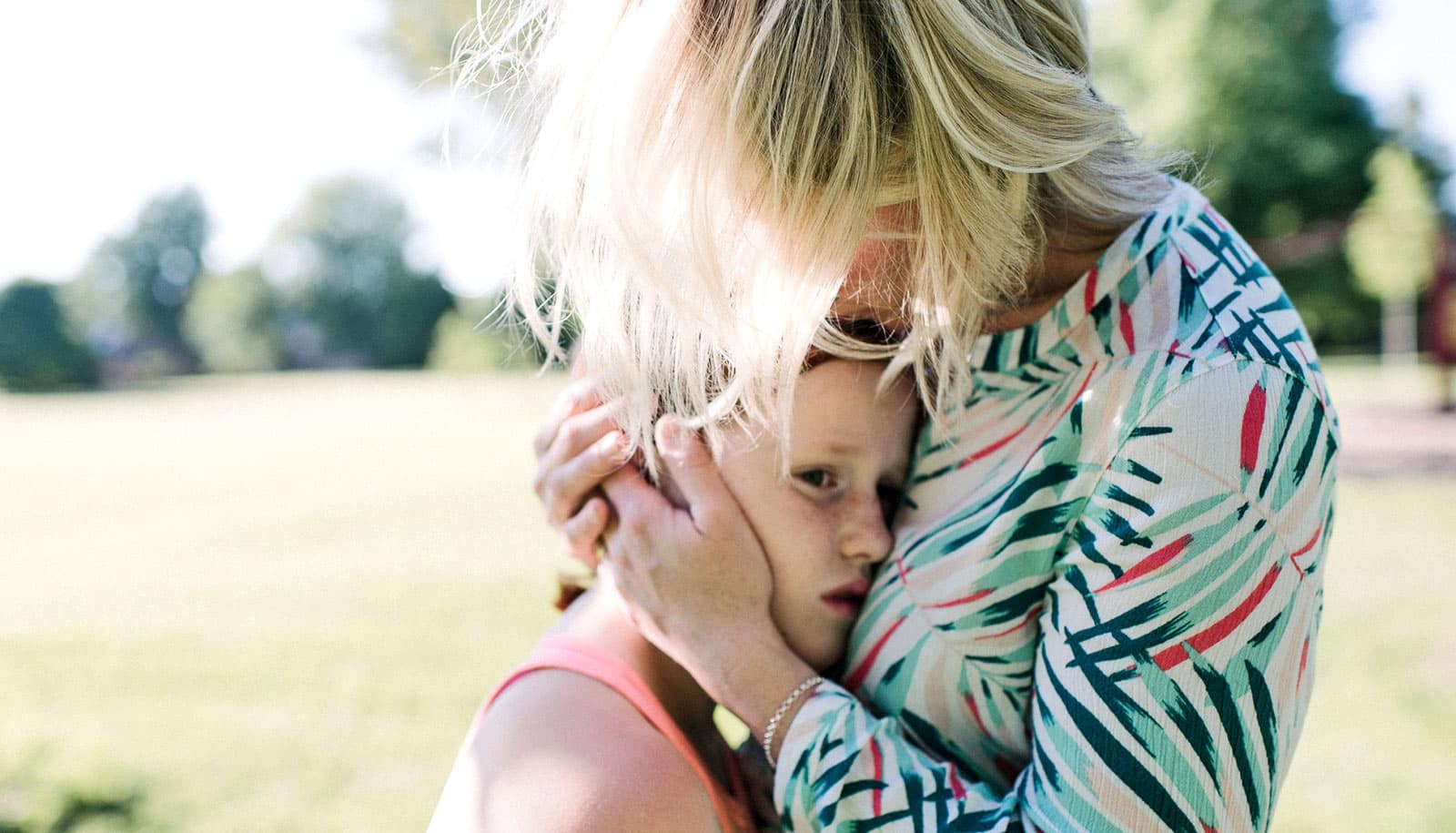Teens who experienced more caring from their mothers in eighth grade were less likely to be involved in dating violence, research finds.
That held true even when there were high levels of conflict in the mom’s own relationship.
Lower levels of warmth, responsiveness, and support by the mother did not weaken the harmful effects of marital conflict on her children, the study shows.
“If the primary caretaker is abusive or inconsistent, children learn to view themselves as unlovable…”
Previous research shows that adolescents who are exposed to marital conflict at a young age are at an increased risk to experience abuse in their romantic relations.
However, the new study shows that the child’s relationship with their mother serves as a buffer by potentially promoting the teen’s feelings of self-worth, says Jennifer Livingston, lead investigator and associate professor in the University at Buffalo School of Nursing.
“Children form internal working models about themselves and others based on the quality of their relationship with their parents,” says Livingston. “If the primary caretaker is abusive or inconsistent, children learn to view themselves as unlovable and others as hostile and untrustworthy. But positive parenting behaviors characterized by acceptance and warmth help children form positive internal working models of themselves as lovable and worthy of respect.”
The results could help in the development of interventions that prevent teens from experiencing physical, emotional, or sexual relationship abuse. More than 30% of adolescents are the victim of some type of abuse by a romantic partner, says Livingston, who is also a faculty member in the university’s Clinical and Research Institute on Addictions (CRIA).
The research, which appears in the Journal of Interpersonal Violence, surveyed more than 140 adolescents whose parents were married or cohabitating at the time of their birth.
Trouble at home
The families are part of an ongoing study on the development of children of alcoholic parents. Half of the participants had at least one parent, most often the father, with an alcohol problem. The researchers examined the group due to the connection between alcoholism in fathers and family dysfunction.
“Although parental alcoholism has not been directly linked to teen dating violence, children growing up in alcoholic families experience greater exposure to marital conflict and harsh parenting in comparison to children from non-alcoholic families,” says Livingston.
“Clearly not all children from alcoholic families are involved in dating violence, suggesting that there are protective factors at play as well. These protective factors need to be identified to advance prevention efforts.”
Conflict and communication
The participants completed surveys in eighth grade and during their junior or senior year of high school, reporting on their exposure to conflict between their parents, perception of their relationship with their mother, and any involvement in dating violence.
“The joint influence of parent-to-parent conflict and maternal-child interactions suggests the need for a multipronged approach to intervention that promotes communication and conflict resolution in the marriage and positive parenting behavior with the children,” says Livingston.
“Parents who are better able to communicate and resolve disagreements will have less conflict in the household and can model appropriate conflict resolution skills to their children. The ability to successfully resolve conflicts should also reduce stress and enable parents to be more responsive to their child’s needs.”
Future studies may examine the difference in the effects of marital conflict on male and female children, or if the protective effects of positive parenting persist if the mother is the alcoholic parent.
Additional investigators are from the University at Buffalo, Penn State, and Saddleback College.
Source: University at Buffalo


